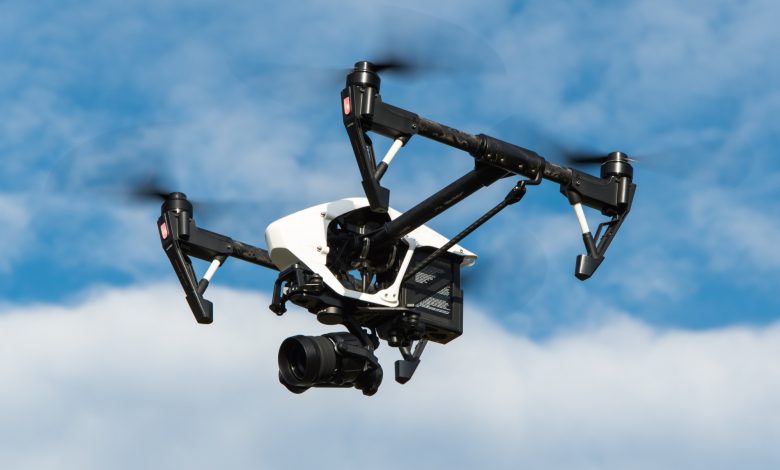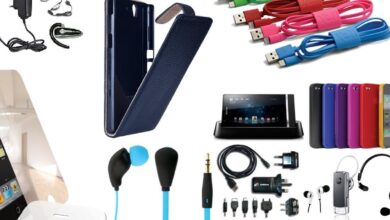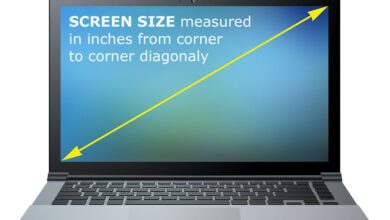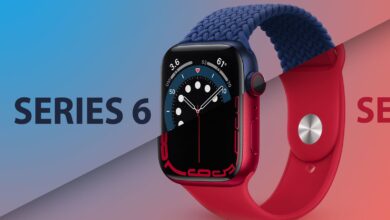6 Important Things To Consider Before Buying A Drone For Photography

If you’ve been looking for a way to capture the world from above, drones might be just what you need. Whether you’re an amateur or a professional, a drone for photography can provide some amazing shots and open up whole new worlds to explore.
You can get creative with new angles and perspectives that were never available before.
These unmanned aerial vehicles (UAVs) come in all types and sizes but are not created equal. Drones are everywhere these days!
From Amazon using them to deliver packages to the military using them for surveillance, drones have infiltrated every area of our lives.
But with so many options available today, how do you know which one is right for your needs? In this post, we’ll go over seven things every potential buyer should consider before purchasing their first drone.
What Kind of Photographers Would Benefit from Having a Drone?
Using the best drone for photography is essential in the following industries:
Businesses: UAVs can help make promotional videos, real estate photography and provide an aerial view for inspecting hard-to-reach places such as rooftops, chimneys, or pipelines
Travel: Instagrammers and travel enthusiasts can get great captions of their holiday destination better using drones than their portable cameras.
Real Estate Agents: If you have properties located outside city limits, drones can create stunning videos from a new perspective.
Gardeners: Drone flyovers of the extensive grounds of homes and parks can help gardeners decide which plants to water or better understand what areas might need some TLC.
What Do You Want to Achieve With Your Drone?
What do you want to achieve with your run-of-the-mill DSLR or compact digital camera? Do you see yourself using a drone for commercial purposes, capturing landscapes, or up to something more extreme, like kite surfing?
Consider what type of photography excites you most and which activities you want a drone for. This way, when choosing a model, you know what matters most.
It’ll help cut down on the number of models worth investigating and narrow your options if you feel overwhelmed.
Let’s now take a look at factors to consider when buying a drone for photography:
1. Style of the Drone
Before jumping straight into this, it’s necessary to ask whether the camera is included. Is the quadcopter sold without a camera? If yes, then it’s cheaper but less worthy since its flying experience won’t be very smooth.
If the model comes with the camera, make sure the camera resolution matches your needs. Some cameras are so low in quality, and it’s worth considering a drone for professional photography or video production.
Generally, you could expect all decent quadcopters to come with at least an HD (720p) capable camera. If you want higher video quality, then HD isn’t enough anymore. 1080p is the next step up, followed by Ultra HD (4K).
Though the cost of drones for photography matters, you should take time and invest in the best drones.
When it comes to actual flying style, there are more advanced models like racing or freestyle ones. These types include:
A) Quadcopter – Basic design where four rotors lift the drone up in the air
B) Hexacopter – Has six rotors for extra stability and longer flight times
C) Tricopter – comprises three rotors with two on top which look like a letter
D) Octocopter – Even more powerful than hexacopters, but slightly less efficient to fly due to additional weight
E) Fixed-wings: Instead of rotors, it has propellers that run along the entire body, making it look like an airplane
F) VTOL (Vertical Take-Off and Landing): This is more complex when compared to others and only work better with skilled aerial photographers
2. Flying Range and Battery Life
Not all drones come with the same quality batteries. Therefore, the battery life will vary from one model to another. If you plan on capturing aerial video with your drone, look for one whose battery lasts longer than 30 minutes.
Otherwise, you might find yourself having to land prematurely or run out of power mid-flight. This can cause damage to the quadcopter or injury to yourself or others.
The standard flying range for beginner quadcopters is around 100 meters or 300 feet. Yet, there are rare exceptions in which it can fly up to 500 meters (1500 feet) away!
Advancing in technology leads to better battery life, especially for DJI Phantom 3 line variants.
If you’re looking for a beginner’s model, choose any Phantom 3 model. They’re popular among drone enthusiasts, and thus spare parts should not be a problem.
However, if money isn’t an issue, go for the most recent DJI Phantom 4 model.
In the US, it’s compulsory for all drones over 0.55lbs (around 250g) to be registered. Yet, this may not apply to you if you live in another country.
If your model weighs more than that, you must register and mark it with a registration number on both sides. You’re prone to hefty fines if you fail to register and display the registration.
This only applies to drones flown recreationally. Commercial operators remain exempt from these new rules, but they must still follow all other existing regulations.
This includes staying at least 5 miles away from any airports and flying no higher than 400ft above ground level (AGL).
3. Flight Control System and Transmitter
Drones are operated using smartphone apps or a dedicated transmitter, which connects directly with the drone via WiFi or radio control.
Cheaper models may come without a controller, but controlling them through your phone screen isn’t the best user experience. This is due to non-responsive touch controls and slow data rate or response times.
Remember, these cheap quadcopters are trying to save battery life by constantly changing between different power-saving modes.
4. Is Raw or DNG Format Support Necessary?
Raw files are images that haven’t been processed by a computer yet. They contain all the information captured by the camera’s sensor.
Photographers who shoot in Raw format can make more precise edits and adjustments on their computers and enjoy superior image quality.
However, this isn’t always desirable since processing can take up valuable time while making a noticeable difference to some viewers.
This may be why many people choose JPG instead of Raw. The files are processed during the capture stage and therefore require less work to produce a final image.
Unfortunately, not all drones can handle shooting in RAW format. But if it becomes available for your model, it’ll give you an extra edge over others that don’t have.
5. Camera Quality and Support
Choosing the most expensive model isn’t necessary when it comes to buying a drone. However, make sure it has a camera that’s 4K capable. Although DJI Phantom 3 Standard or 4K don’t record great videos out of the box, they’re still good cameras.
You can upgrade them with third-party accessories like gimbals and c-log filters. Thus, you must buy the best drone for aerial photography to shoot better aerial footage right off the bat. You don’t want to spend additional money later on.
4K video has become standard on many DSLRs over the last few years for its ability to record high-quality footage. According to Drdrone, a standard quadcopter can reach a maximum height of 400ft and fly at speeds of around 50mps.
However, it’s no guarantee that you’ll record captivating images, especially if your camera and editing chops are not up to par.
6. Safety Features and Intelligent Functions
Although drones can be fun and exciting, they’re machines that might cause harm if not kept in check. The important safety features in a photography drone include:
Barometer: This will tell you what height your drone is at and prevent you from flying too high or too low
GPS and GLONASS: Both systems enable a precise location of the drone and its current altitude
Return To Home (RTH): If the system detects that the battery is low, the drone will return to its original take-off point and land safely
Intelligent functions are helpful in certain situations and allow you to create beautifully composed images.
If your drone has “Follow Me” mode, you can set the drone off in one direction while walking, running, or driving in another direction.
The camera will follow you automatically with no input from yourself. This is great for sports or action photography which requires an excellent subject tracking capability.
Another intelligent mode would be “Waypoints.” It allows you to set waypoints on Google Maps via your phone before flying the route you’ve planned. If this seems to interest you, make sure your drone of choice has these functions.
Are You Planning on Attending Aerial Photography Courses?
Although drones are becoming increasingly accessible, they’re complex machines that require ongoing training. It may be sensible for first-time fliers to consider taking an aerial photography course.
This will give you a deeper understanding of how to use your drone and help you avoid inevitable fines. You’ll also prevent hefty insurance premiums that come with flying irresponsibly.
Why Drone for Photography Is the Right Thing for Your Business
If you’ve been struggling with capturing wide and aerial images or videos, a good drone for photography is the answer.
With several manufacturers, types, and sizes, you’ll never miss a drone that meets your needs. To learn more about photography and how to use drones, Bookmark our blog.






